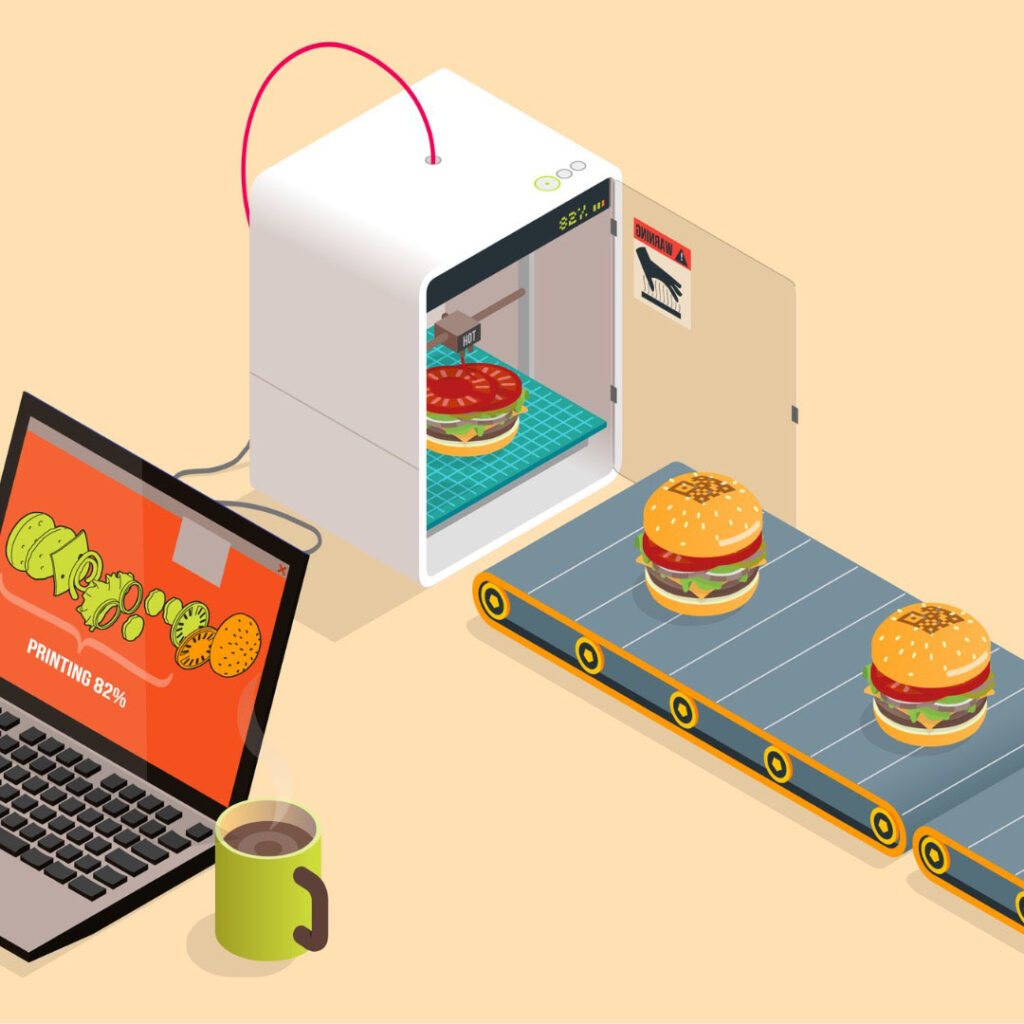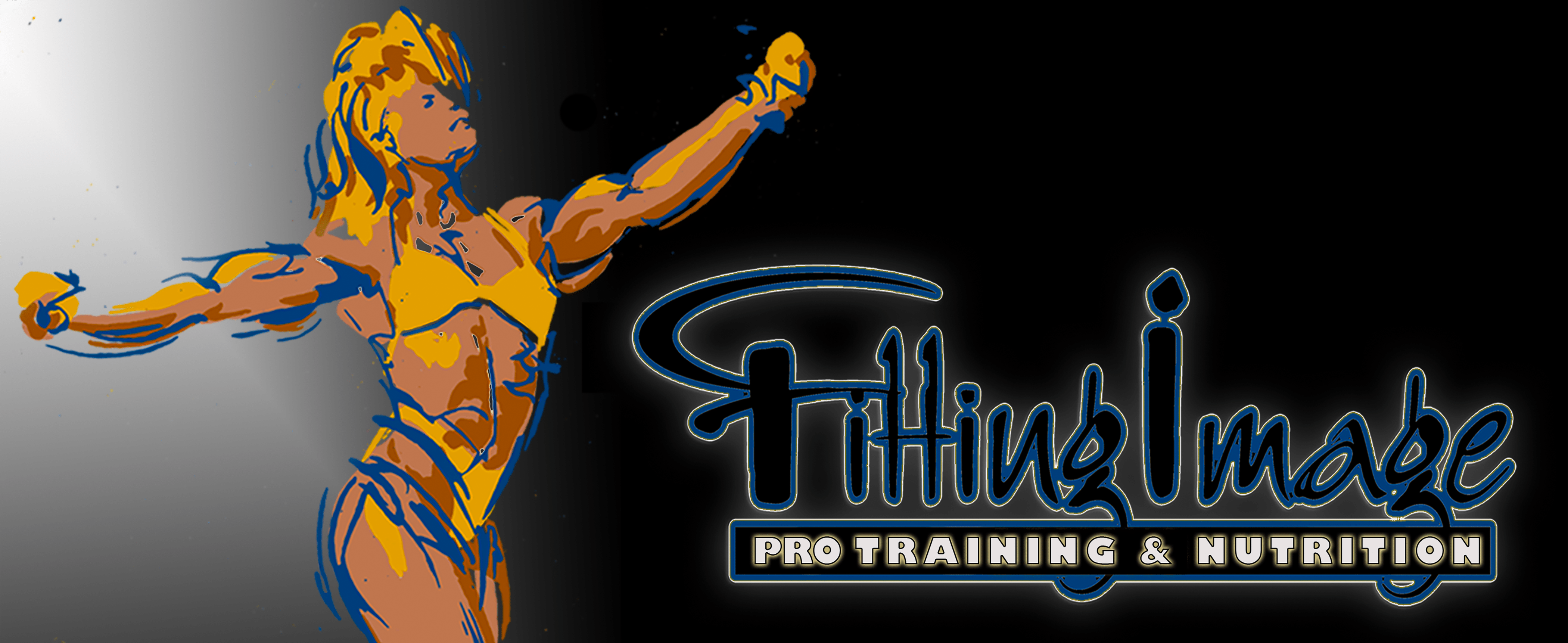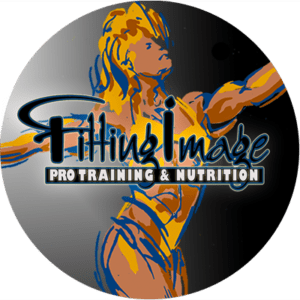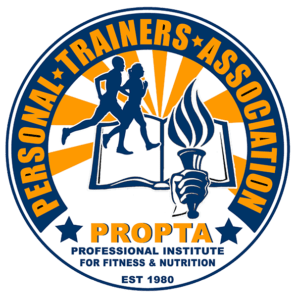
Part 3: The Dark Side of Soy
Did you know that only a few centuries ago the soybean was considered unfit to eat? At the beginning of the 20th century, soy was named “an industrial product” in the USDA handbook. Even in Asia, the soy plant was used as a method of fixing nitrogen, and not as food. It only became food with the discovery of fermentation techniques.
American businessmen saw soy as a moneymaker. It’s cheap to grow and produce, plus if you tell people it’s good for them, they will pay premium. Today, soy covers over 70 million acres of American farmland, but the truth is, there’s no such thing as an all-natural soy-based food, because soybeans are toxic in their natural state. Soy must be processed in some manner for it to be safe for human consumption, and even then, it is not truly safe. The fermentation processes that were historically used in Asia are no longer used today, and the overall health of modern-day Asians is rapidly declining. Soy is now made safe by chemical engineering in large-scale food processing factories.
Technology made it possible to produce soy isolate from what was once considered a waste product, and after millions of dollars were poured into marketing, the waste was touted as a “miracle substance” for the wealthy consumers, and sold with promises to prevent cancer, whisk away hot flashes, build strong bones, and keep us young. Soy was also promoted as meat and milk for a new generation of politically correct vegans.
DECEPTIVE RESEARCH
There is a lot of misleading research published about the health benefits of soy. Much of it is funded by companies that produce soy frankenfoods. The hallmark of deceptive food research is that a claim will be made that the food prevents a disease, but this claim is not based on studies where people are given the food for a long period of time, and then the outcomes are thoroughly studied. Instead, researchers will find that the food contains some substance like a phytochemical and extrapolate from the presence of this phytochemical that the soy food would have the anti-disease properties.
HIDDEN SOY
Avoiding soy is not easy, especially if you are trying to cut back on carbohydrate and looking for sources of protein rich food. Soy hides in many foods under names like “textured vegetable protein” and “hydrolyzed plant protein.” It’s the main ingredient in many “protein” bars. It’s in all high protein breakfast cereals. And it is often used as an extender in restaurant meats. But it’s worth taking the time to read labels and ask questions so you can avoid these industrially produced soy foods. There’s just too much evidence that the only real benefit they provide is for food processors who get high profits from a cheap raw material.
Here’s a link to important soy research I found that will help you understand more about the soy controversy, and maybe help you decide if soy should be a part of your diet. https://www.westonaprice.org/health-topics/soy-alert/tragedy-and-hype-third-international-soy-symposium/




